I don’t blame the cat. Truly I don’t. But when I glanced over to my desk at the exact moment her hind leg brushed my Nikon 24-70 f2.8, she adopted several new names. For a moment my lens was a parody of another cat. The one owned by a certain Mr Schrödinger. It was at the same time both falling and not falling off my desk. Physics eventually made its final fateful decision and gravity took over. A fraction of a second later the 24-70 landed with a sickening thump on our laminate floor, where it bounced once and came to rest.
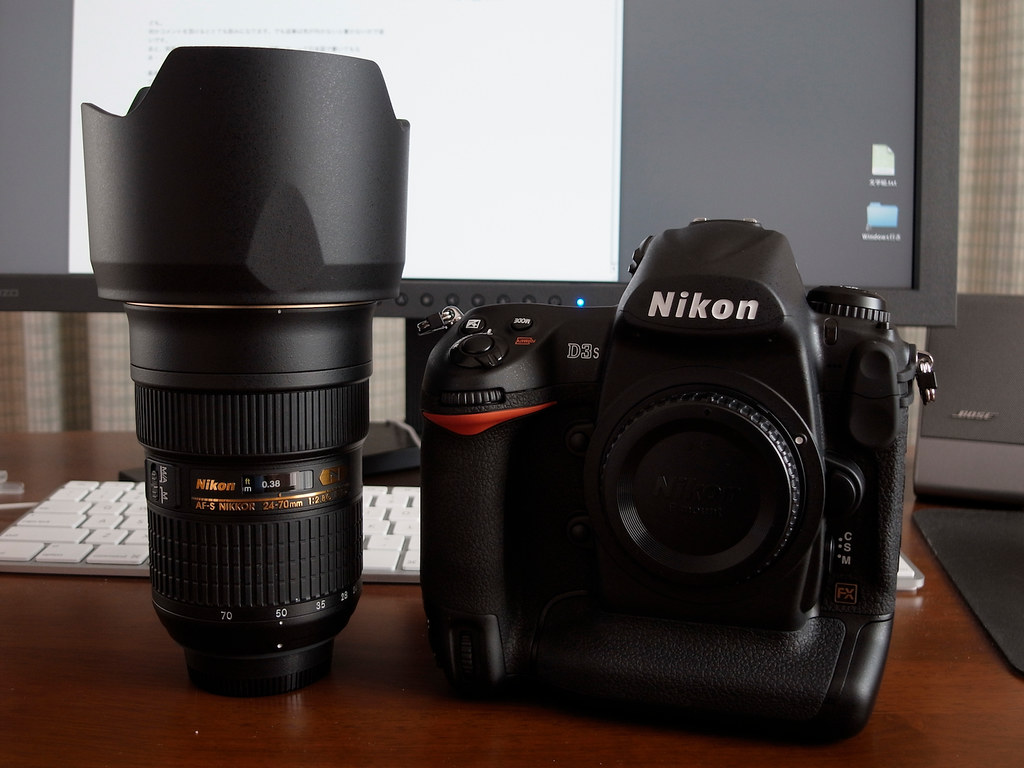
Big, expensive but not gravity proof.
What’s the Damage?
First to reach the Nikon was the cat, who nonchalantly looked at its new plaything then left to look for something more interesting. I reached it a moment later, fearing the worst.
Initially that worst was not realised. The front element had not smashed, the rear element looked fine also. There was a crack in the filter thread at the front of the lens but other than that nothing physically seemed wrong. Then I turned the zoom ring. At first it turned nicely but a few degrees of rotation later it stuck fast. The fall had dented the barrel, my expensive zoom had become an expensive prime. Further examination also revealed that my expensive prime was also now fixed focus.
The First Revelation
Obviously with such a lens it would be foolhardy not to attempt a repair. I contacted Nikon, told them the issues. They told me the barrel would need replacing and it would cost roughly $800. Living in Ukraine, I knew that there was a culture of repairing rather than discarding and to this end there were countless specialist repair centres. Not just simple non tech stuff but also high tech white goods that we in the west would often discard. In Ukraine you could get them repaired.
A little research led me to a specialist photographic repair centre and a short trip to see them resulted in a quote for $125. Needless to say I took them up on it. Revelation number one was that you can get things repaired much cheaper than the original manufacturers quote.
The Second Revelation
This is the one that changed my photography. Whilst I was without my 24-70, I need something to fulfil that area on the focal length scale. For a similar price that Nikon quoted for the lens repair, I picked up a Fuji X100s. It was here that I had my second revelation. I loved the ergonomics of that Fuji camera. I found myself increasingly going out with just the X100s and no Nikon equipment. More importantly I found I was having fun. It was a camera that begged you to go out and just take images. And beautiful images they were too, JPEGs out of the camera had a sublime feel to them, RAWs seem to hold more detail and as much dynamic range as my full frame Nikon. I was smitten.
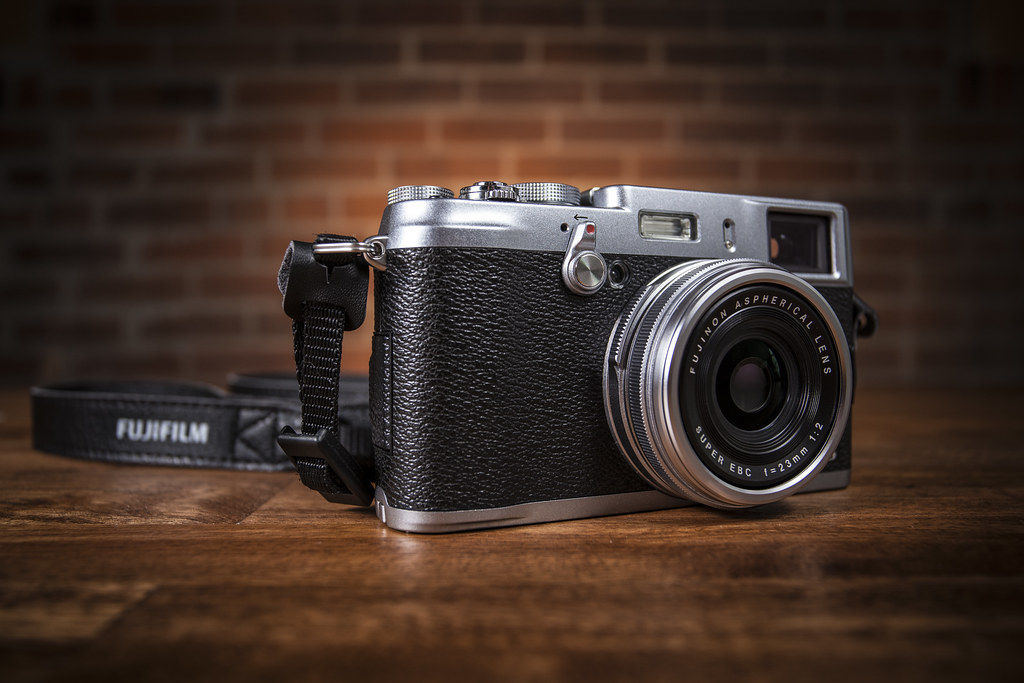
The Fuji X100s changed my attitude towards Nikon and Fuji.
The Lens Returns and Leaves
The repair time on the Nikon was about three weeks. By the time it returned I was hardly touching my Nikon gear. I took the Nikon out with the repaired 24-70. The lens worked fine, the zoom and focus were smooth and the image quality the same as before the CATastrophe. The problem was, it was not fun. The weight of the Nikon and the holy trinity of 2.8 lenses was backbreaking on a long hot traipse through a city. Then came revelation number three.
The Third and Final Revelation
I decided to quit Nikon. I sold all my Nikon gear. Even the 24-70 went for a very good price, despite me being very open about the damage. With the money I recouped I bought into the Fuji system. I decided to go fast primes rather than zooms and bought the XPro1 as the main camera. I even had a chunk of change as well.
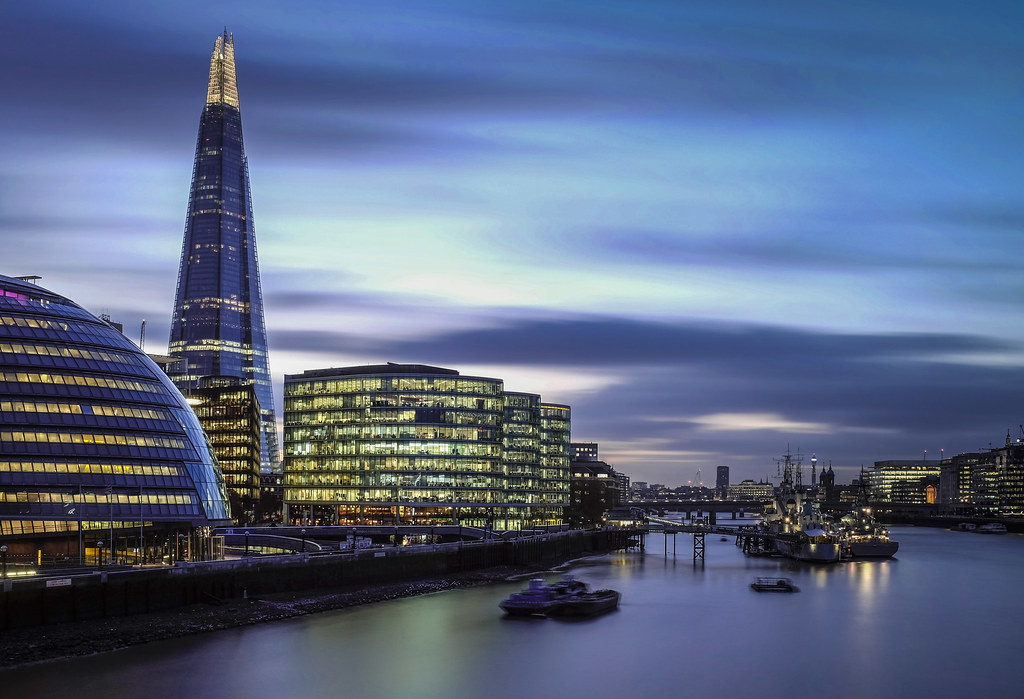
The Fuji's rekindled my love for photography.
The XPro1 only served to strengthen my admiration for Fuji’s cameras. My productivity on shoots increased dramatically as I could wander further and longer with the lightweight system. I found that I attracted less attention with the smaller camera. This meant I spent more time at a location to get better shots without getting hassled to take other people’s photos. And, in my opinion those shots I was getting were an improvement over the ones I had taken with my Nikon gear.
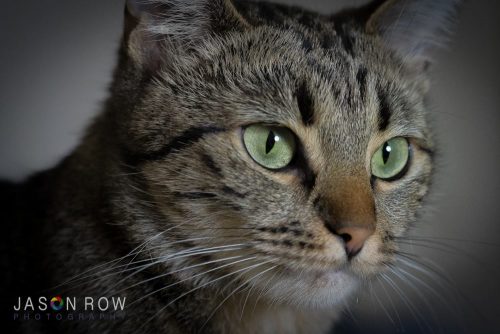
I used Nikon equipment for the best part of 25 years of my career. They did and still do produce excellent tools for photographers. To be honest I would probably not have changed if it were not for a cat and gravity. My feelings of zoo-sadism for our little tabby soon passed. These days I tend to treat her to expensive treats every time I pick up my Fuji. I am not sure why.

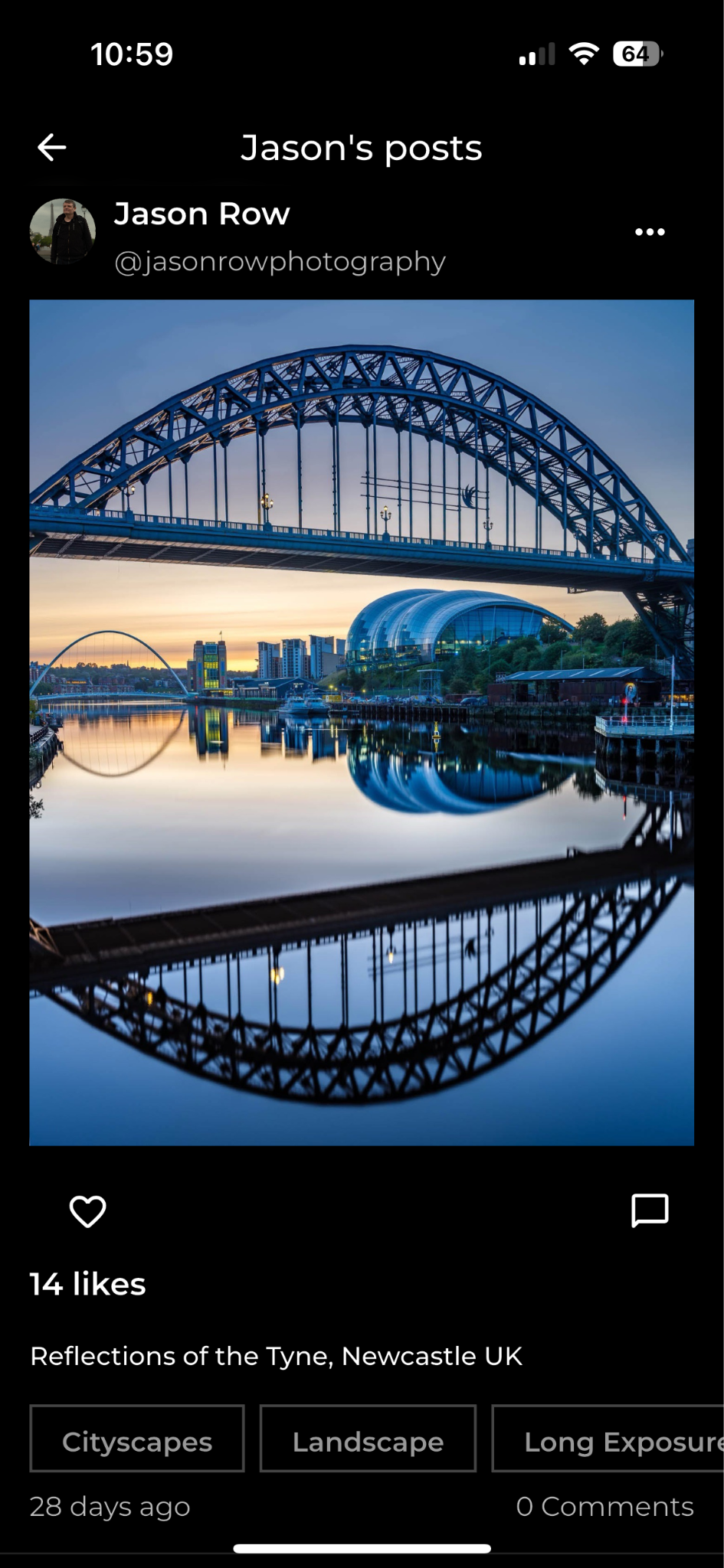
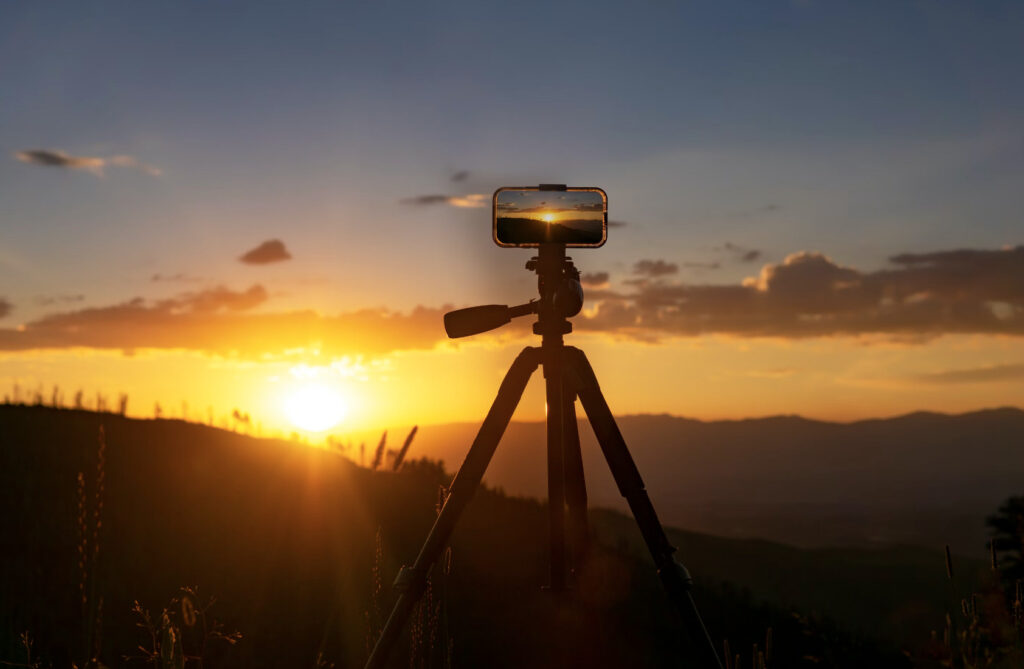

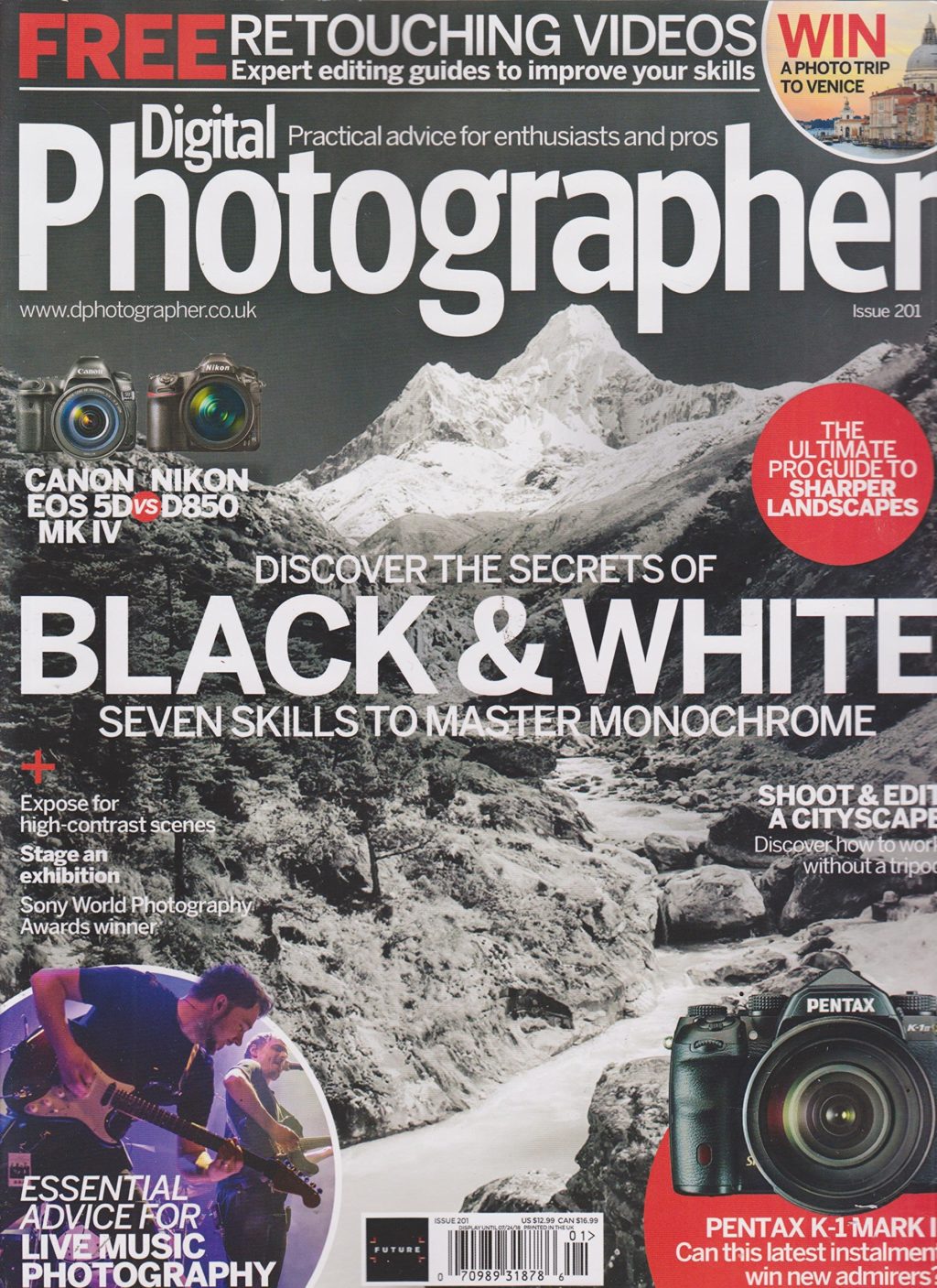
11 Comments
Nice. I had all my Nikon equipment stolen and At the prices I could never afford to get it back. A friend gave me a canon t3 and a small zoom leans. At first I was so happy to be shooting again but found the lens not to be sharp and the colors being on the cold side. I found an point and shoot Fuji and was getting warmer and sharper pictures..Still need to upgrade but it has been fun shooting again.
Great story. I have swapped my Canon gear for Sony gear to save my neck and back. The cat had no influence on my decision.
Me too!
I don’t think it’s about Nikon OR Fuji – it’s about having the gear that you enjoy using, gear that you WANT to use. And that’s very dependent on what it is, exactly, that you’re seeking to do. My love of photography is possibly genetic -if, indeed, that’s possible. Because on both sides of my family, I had an ancestor who was a pioneer of photography – one of them in particular, obsessed over it and spent something like 50 years traveling all over, making his own collodion wet plate negatives on the run, and producing his own prints. I started at the age of 10, some 65 years ago, and I’ve had more cams than I can remember now, probably. But there was always a point to it. And the point was about photography – not gear.
We all face the risk of contracting GAS and I think there’d be few amongst us who could honestly say he or she has never experienced it. I’m sure I would love to have a 600 mm tele that I could use for all those shots of the harvest moon that I’d like to take, or – if I was nimble enough at this age – to embark on serious bird photography. But it ain’t gonna happen – I know perfectly well that I cannot afford it and that, in any case, I would never in what’s left of my lifetime ever take enough shots with it to be able to justify buying one in the first place. Instead, I have a limited number of lenses (mostly primes) all of which I DO use. And use three cams – regularly use them! – for different purposes. And I disposed of all of the gear that had accumulated over the previous decades, including a camera that was over a hundred years old.
The moral is – sit down and think. Decide what you want to do. Work out what would be most suitable, within your budget. Buy that (if you can afford it) and ONLY that. If the worst comes to the worst, it’s always possible to hire or borrow something that’s not in your kit – we don’t have to own everything in the world, to be able to enjoy our lives.
An interesting tale – thanks, Jason. For the moment, I am fully invested in Nikon DSLR gear for my professional work, but I feel this will tail off over the next while as my thoughts turn to those of retirement, at least from making money out of corporate photography. I have recently thought about specifically adopting Fuji instead – selling all my Nikon gear to raise the funds – for the personal photography that will continue after professional llife. I’m drawn to the XT2 as the body that will make things smaller and lighter without sacrificing image quality.
The only down side would be losing DxO Optics Pro as the RAW processor, as this is a brilliant piece of software and a critical part of my workflow, professional or otherwise.
So I don’t know which way things will go, but it was very interesting to read your experience – thanks 🙂
Ditto. I have travelled to New Zealand, Tasmania, Margaret River and Thailand with my X100 and love it. The Nikon kit stayed at home the Nikon 24-70 is not a good as the tamron anyway. My dropped 24-70 has stayed unprepared
A hiatus is a good experience. I’ve been a lifelong nikon shooter (44 years) and can really empathise with the authors experience. I sold all my film Nikons bye 1995 and returned by buying a Nikon point and shoot. Crazy love. Then another point and shoot..now I’m back for real but with a FF Nikon digital. The reason? Reproduction size.
I’m a fuji mirrorless lover as well. They are amazing cameras.
I have heard great things about both Fuji and Sony mirrorless. However I love my Nikon gear and the thing I am really waiting for is for Nikon to come out with a mirrorless that uses the lenses I already have. The smaller lighter Fuji and Sony would be more attractive if I did the traveling I used to do. Last summer’s trip to Cuzco and Machu Picchu I did notice the Nikon gear I had was heavier than I really wanted.
Reading this I laughed and cringed at the same time. Thank you for sharing a valuable differing perspective! And kudos to Tigger….
Very interesting story & a good write up. Like in Ukrain, the culture to get things fixed at reasonable & reliable repairs is the same in India. I have a Nikon D3300 w/18-55 AF NIKKOR that accidentally got drowned. The repair estimate in USA is like $160, but the same can be fixed in India for approx. US $60. I am impressed about your Fuji system. Take care. Bye.